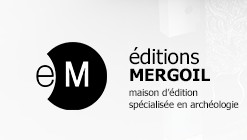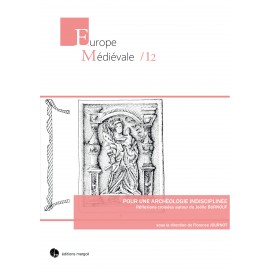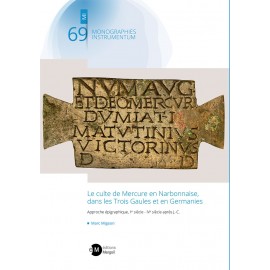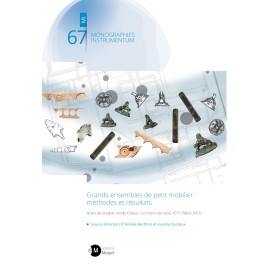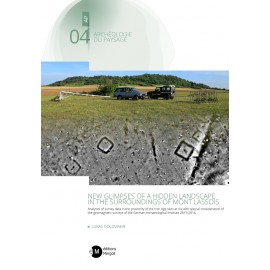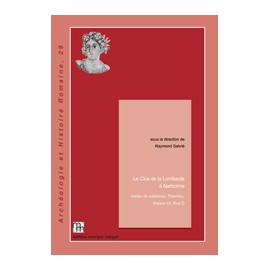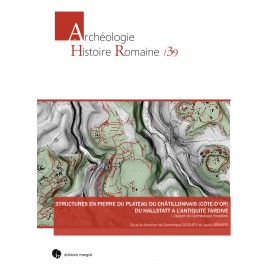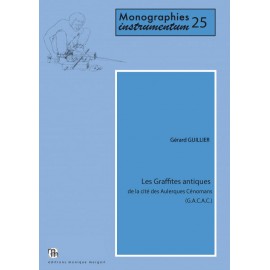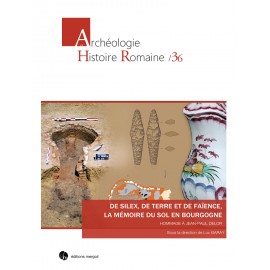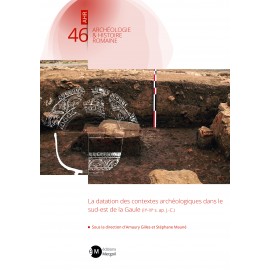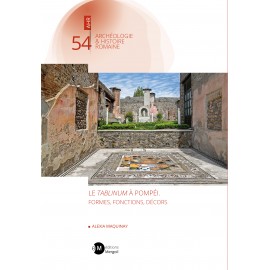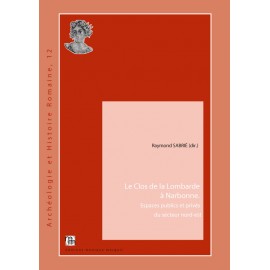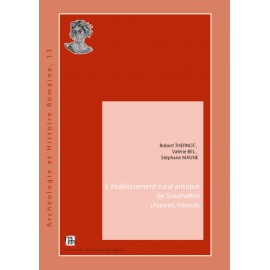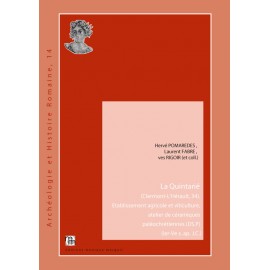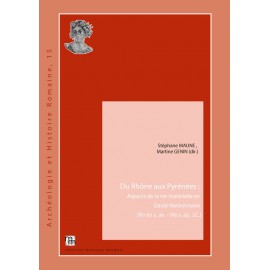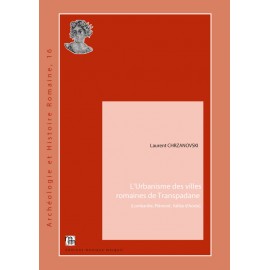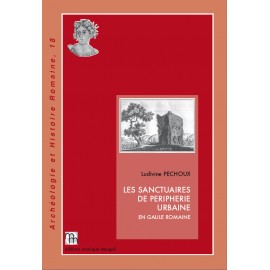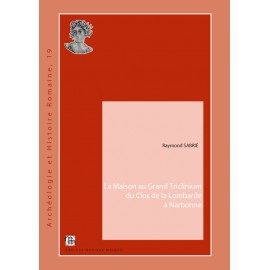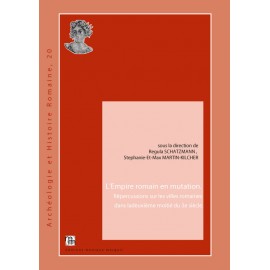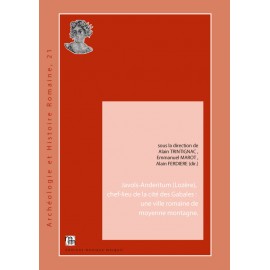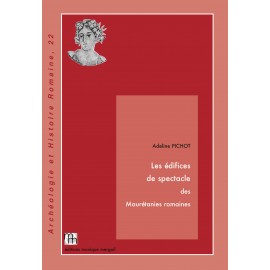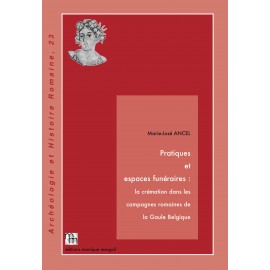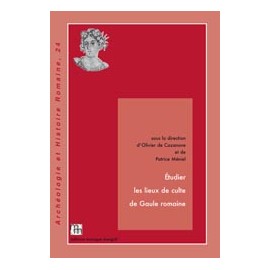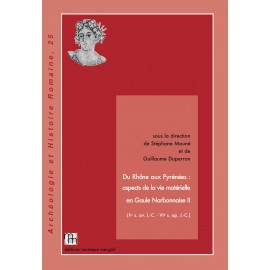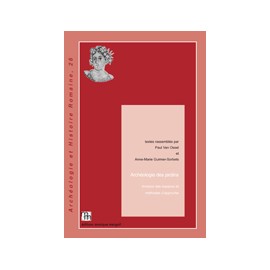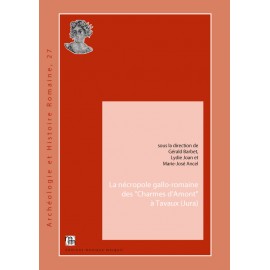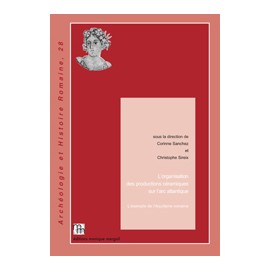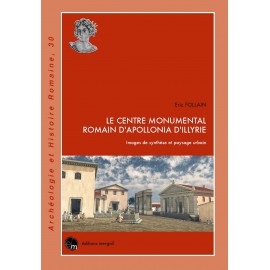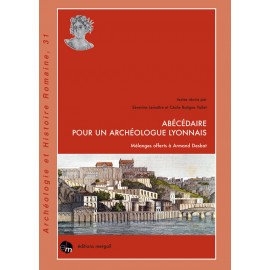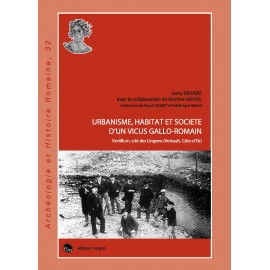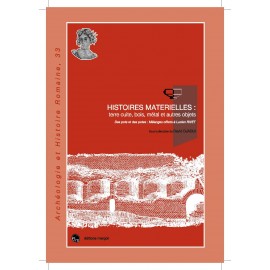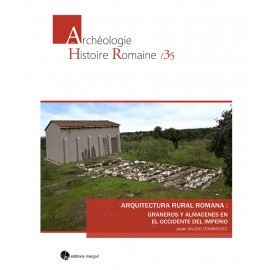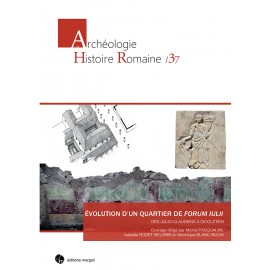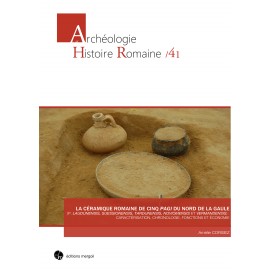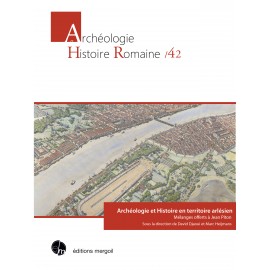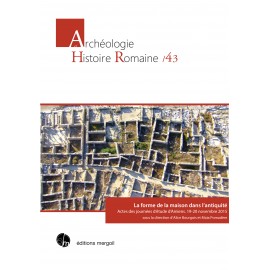No products
Prices are tax included
Product successfully added to your shopping cart
There are 0 items in your cart. There is 1 item in your cart.
Archéologie et Histoire Romaine
- Archéologie et Histoire Romaine
- Archéologie Moderne et Contemporaine
- Archéologie des Plantes et des Animaux
- Archéologie du Paysage
- Archives & Histoire de l'Archéologie
- Europe Médiévale
- Monographies Instrumentum
- Préhistoires
- Protohistoire européenne
- Research Protocols
- Off collections
- Les cahiers de saint-michel de Cuxa
- Second-hand
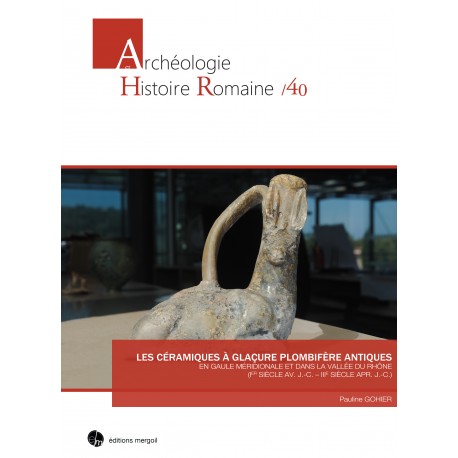 View larger
View larger LES CÉRAMIQUES À GLAÇURE PLOMBIFÈRE ANTIQUES EN GAULE MÉRIDIONALE
AHR-40
New
AHR-40 - LES CÉRAMIQUES À GLAÇURE PLOMBIFÈRE ANTIQUES EN GAULE MÉRIDIONALE ET DANS LA VALLÉE DU RHÔNE (IER SIÈCLE AV. J.-C. – IIIE SIÈCLE APR. J.-C) P. GOHIER, 2018, 468 p. coul, (ISBN : 978-2-35518-080-4).
Warning: Last items in stock!
More info
T his work aims firstly at providing full documentation about the various lead-glazed potteries reported in the southern
Gaul and the Rhone Valley contexts.
The inventory carried out in archaeological deposits and museums in this region has pointed out the existence of six ceramic
production groups over a period spending between the end of the first century B.C and the middle of the third century A.D.
Ceramics come from Minor Asia, northern Italy, Lyon and Saint-Romain-en-Gal’s workshops, the center of Gaul, central Italy
and Capitou's workshop (Hérault). Each ceramic category is the subject of a detailed study in which are presented
typological and technological characteristics, production areas, chronology and distribution axes.
This work is mainly dedicated to lead-glazed ceramics of central Italy that are prevalent in southern Gaul and in the Rhone
Valley contexts. Investigation of consumer contexts leads to re-examine the classification of these ceramics and changes
dating. A new typological classification is proposed based on ceramics from the Gallic and Roman contexts. Some recurrent
forms indicate the existence of a real trade – even reduced – of this type of ceramic in western Mediterranean area during
the second and third century. The work done on Lazio's workshops, coupled with archaeometric analyses and recent
archaeological discoveries, allowed the precise location of lead-glazed ceramic production centres in the Rome area (Nuovo
Mercato Testaccio and Janiculum).
This study of lead-glazed potteries from the southern Gaul and the Rhone valley, and more generally of the western
Mediterranean basin, provides a better understanding of the production, chronology, productions sites, trade and status of
this so peculiar category of ceramic. This research work based on large geographical and chronological scale, allows us to
understand the process of glaze technology transfer from Eastern workshops to those of the Western workshops.
